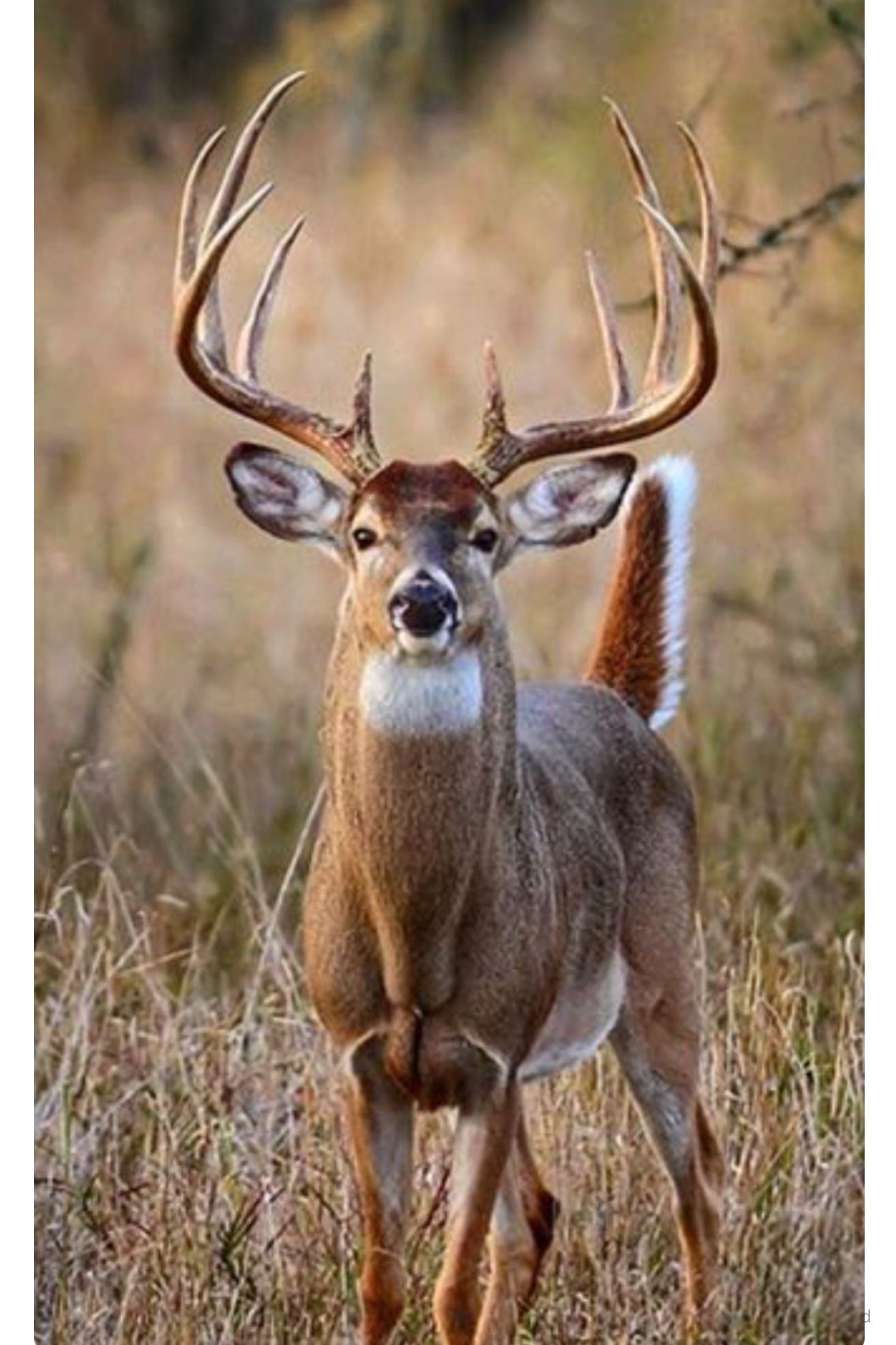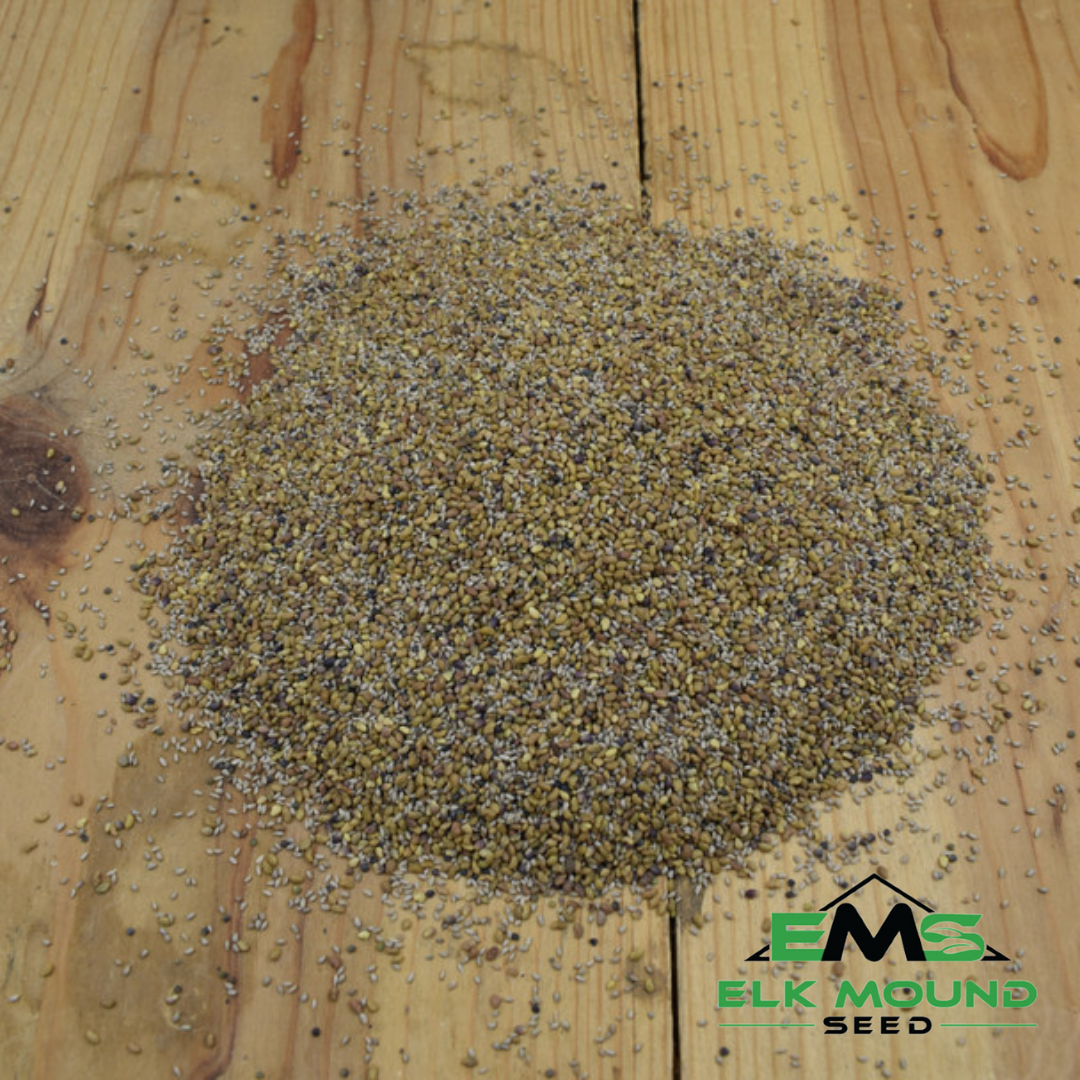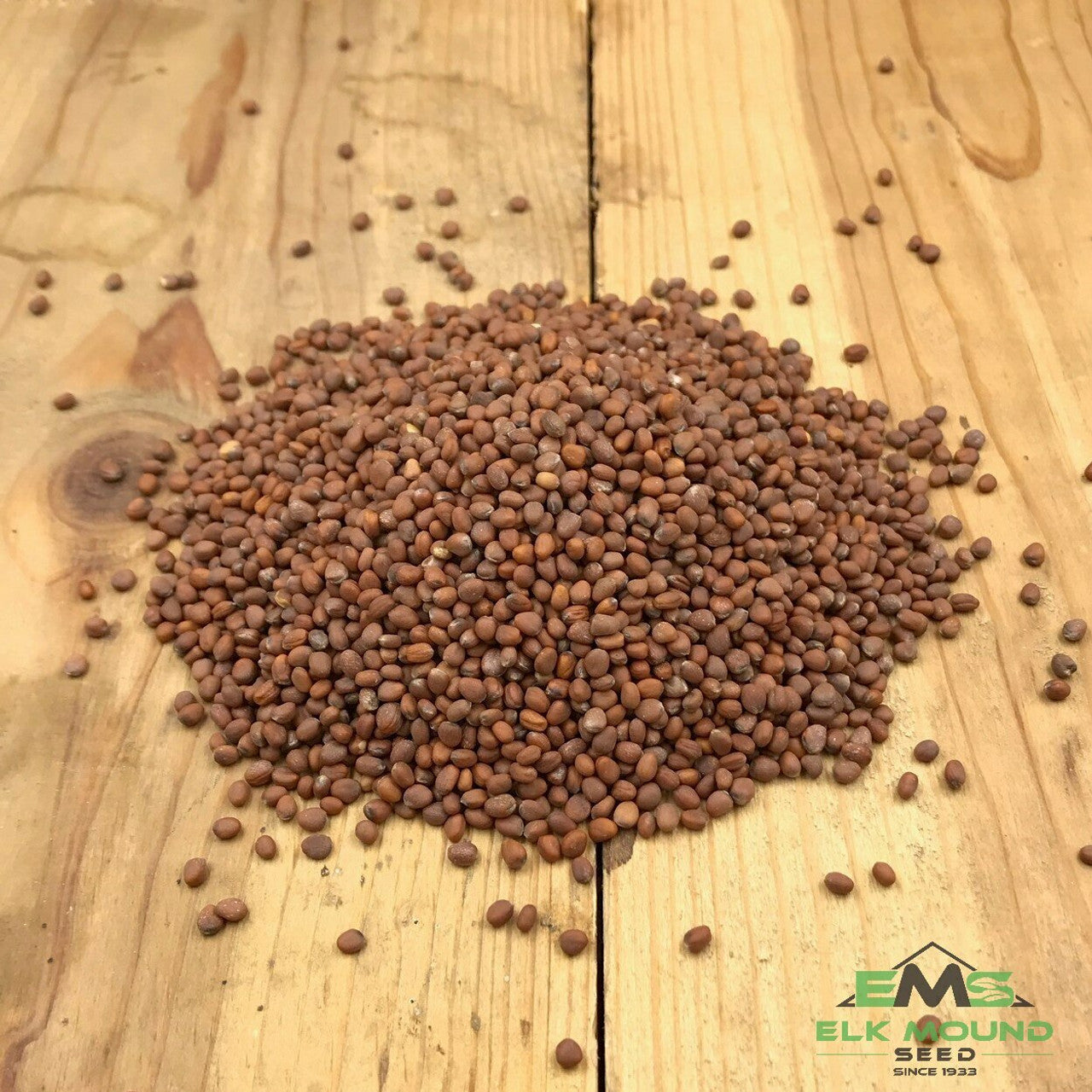A common question regarding cover crops is how they work into my crop rotation? A corn/soybean rotation is an extremely typical rotation for the use of cover crops. Adding small grains, such as oats, barley or pea blends can add additional opportunity to use cover crops into your rotation. Proper use of cover crops into your crop rotation can help weed control, reduce water runoff and decrease the reliance on other crop inputs. Planning and understanding what cover crop seed can accomplish, along with your main goals, will improve your land over time.
When considering how to use cover crops into your crop rotation, follow the below do’s and don'ts.
DO’s
- Develop a plan
- As any farmer knows, a plan can change due to mother nature so flexibility is key.
- Set your main goals
- Eg. Provide weed control, add organic matter, additional grazing, reduce soil erosion … Just a few goals to ponder.
- Use multiple species
- Understand how, and best way, to eliminate cover crops
- Take your herbicide program into consideration. Many herbicide programs will not allow a successful cover crop due to their residual activity
- Have patience!
DON’Ts
- Overseed cover crops
- hHigher seeding rates doesn’t necessarily lead to better results and increases your costs. We’re not harvesting these for yield, having a carpet-type catch isn’t exactly necessary.
- Use radish after corn and before soybeans
- Radish is a white mold host.
- Give up after one year
- Cover crops are not a ‘quick’ fix
Winter rye, known as the “king” of cover crops, is the most widely used cover crop. Also known as cereal rye, this species allows late growth into the fall and comes back early in the spring to combat weeds. Rye seed is typically inexpensive, easy to plant, germinates quickly and can be planted later than most other species; all extremely beneficial traits of an effective cover crop seed. Rye seed is also one of the easiest species to work into your crop rotation.
Other common species of cover crop seed that can be worked into your crop rotation include crimson clover, daikon radish, oats, barley and turnips to name just a few. A large list of species can be included into a cover crop seeding plan and all present their own list of benefits and challenges. Understanding what each seed can accomplish on your farm will provide soil improvement over time. Again, cover crops are NOT a quick fix and many goals can take years to accomplish.
Our team at Elk Mound Seed can always help you develop a cover crop seed strategy depending on your crop rotation, main goals and budget.













